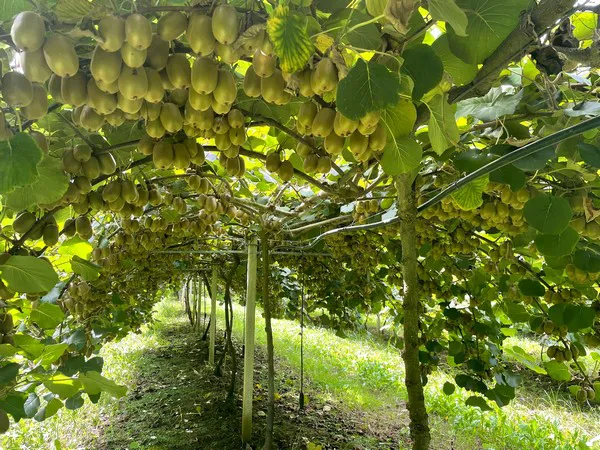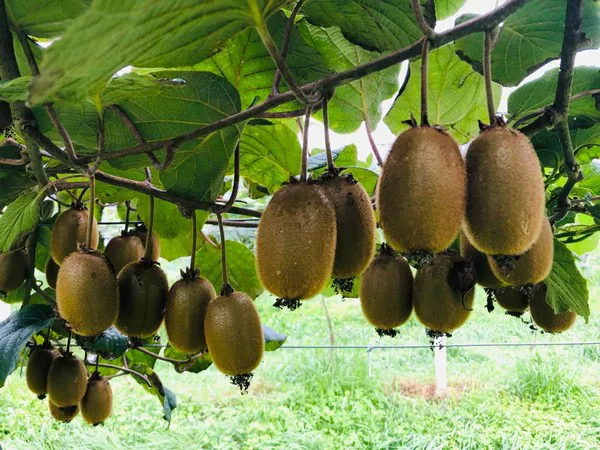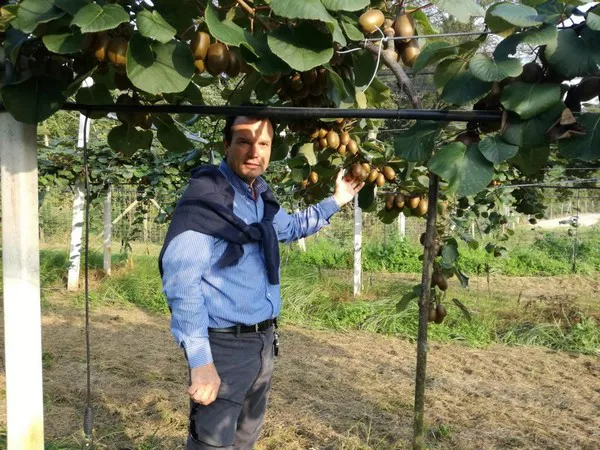The Spanish Kiwi campaign has developed positively. According to Rafael Olivo, president of the Association of Kiwi Producers of Asturias, production was slightly lower than last year, but producers expect to harvest some 27,000 tons of kiwi from the approximately 1,800 hectares planted throughout the country. Prices have been maintained and even increased compared to last season,“ especially that of the Asturian kiwi, which leads market prices. It can exceed the price of national production by 10 to 20%,” Rafael stated.

"Sales started slowly in January and February, at the beginning of the campaign, due to the drop in consumption and inflation. However, in the last three months, sales have been going very well for both green and yellow kiwi."
The kiwi market is very stable because of this fruit's organoleptic and nutritional properties, and stable prices. As a result, the market has remained stable, even in this period of generalized decline in consumption. “This season, there have also been other external factors that have favored us. On the one hand, Chile had less production and the prices at source were very high. Given these prices, the market slowed down a little and, in general, it's been more liberated. On the other hand, New Zealand also has a smaller harvest. According to estimates, it will produce about 50,000 tons less green kiwi and there will also be a significant drop in yellow kiwi production.”

“In addition, New Zealand's kiwi arrived later to the market, so the lower volumes and this delay have meant that there has been no dramatic change from the northern hemisphere to the southern hemisphere, and that work has continued with the Spanish kiwi while the Chilean and New Zealand kiwifruit arrived on the market.”
"In Spain, there are only about 120 hectares of yellow kiwi and this year more than 60 new hectares will be planted in Asturias"
The Asturian kiwi sector, whose cultivation is concentrated in the Bajo Nalón, is currently working to enhance the differential characteristics that the cultivation area gives to the fruit and, under the impetus of the Association of Kiwi Producers of Asturias, it's laying the foundations of what will be the future PGI of the Asturian kiwi.
“In fact, we are already preparing the specifications required to apply for the PGI. We know that it will be a long process, but we have all the support of Asturian kiwi producers and, above all, of the administrations; both from the Regional Ministry of Rural Environment and Territorial Cohesion and from the General Director of Rural and Agrifood Development of the Principality.”

Asturias is the second largest kiwi-producing region in Spain, behind only Galicia, and the latest developments in the Asturian industry point in a clear direction. “While in Galicia there is a great commitment to green kiwi, in general in Asturias all the new planting projects that are being done are of yellow kiwi.”
“Furthermore, out of almost 1,800 hectares of kiwi in Spain, only about 120 are yellow kiwis and this year, in Asturias, more than 60 new hectares will be planted," Rafael Olivo added.
For more information:
Rafael Olivo
Presidente de la Asociación de Kiwicultores de Asturias
Tel.: +34 659 966 667
rafaelolivo@telecable.es
